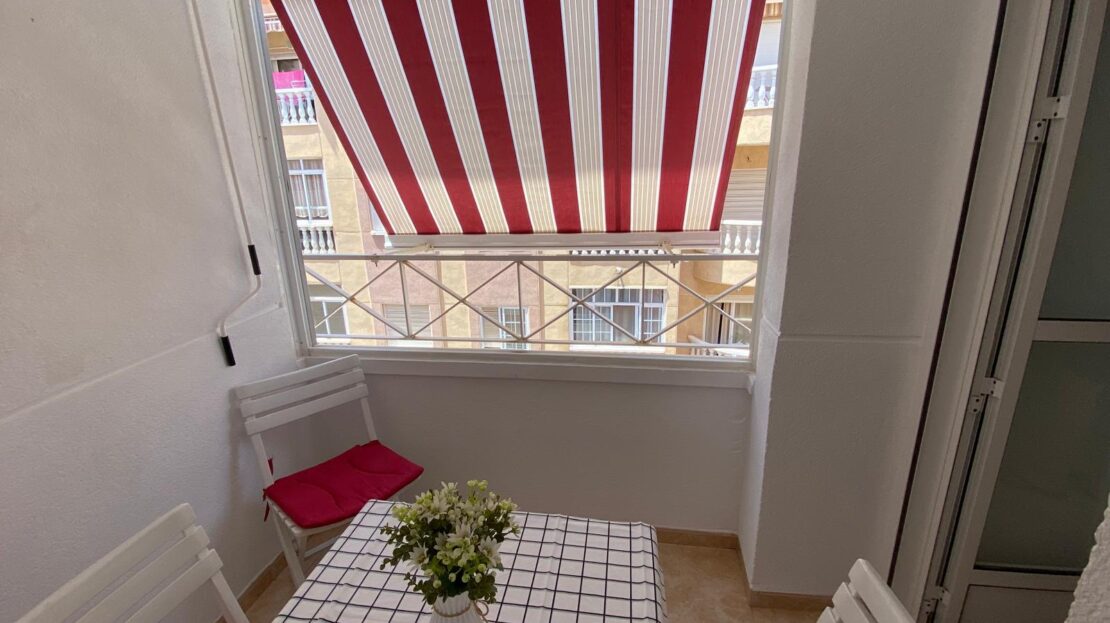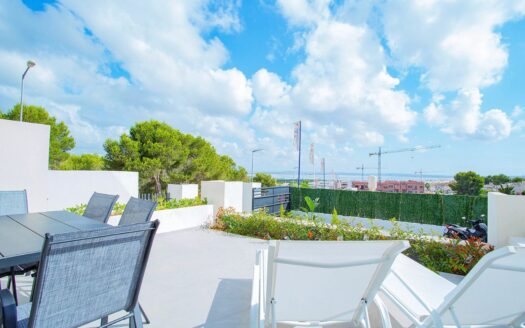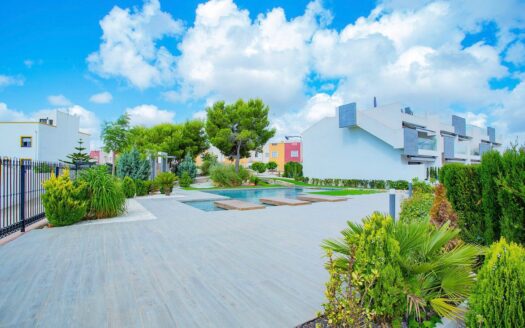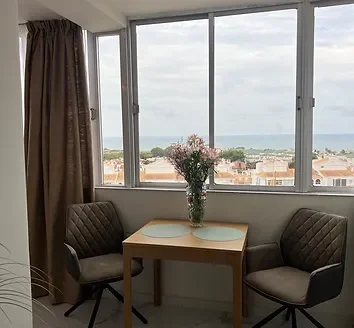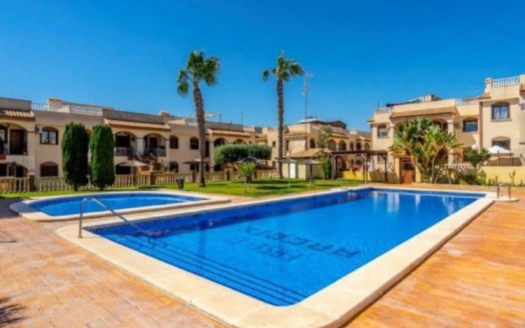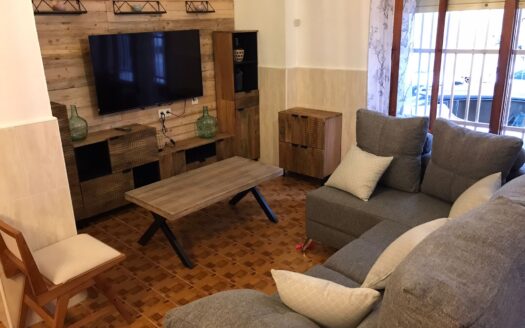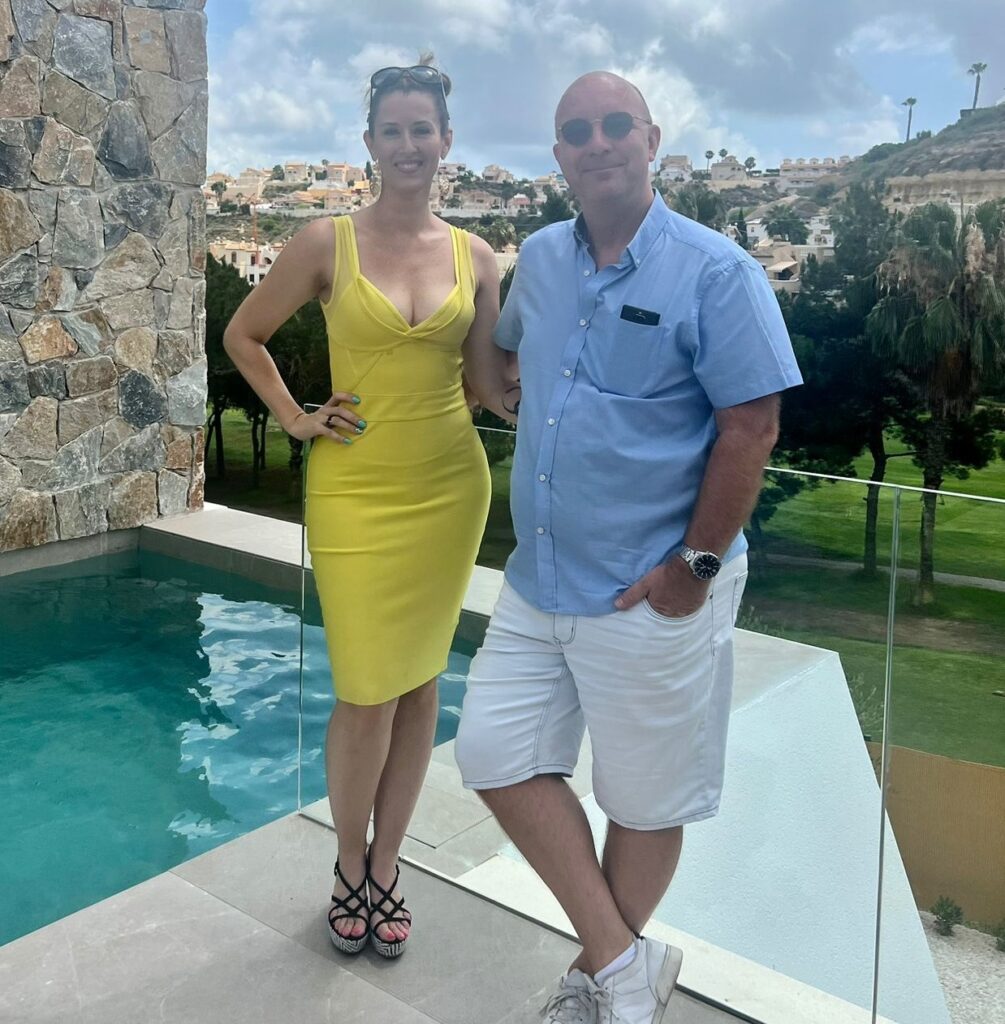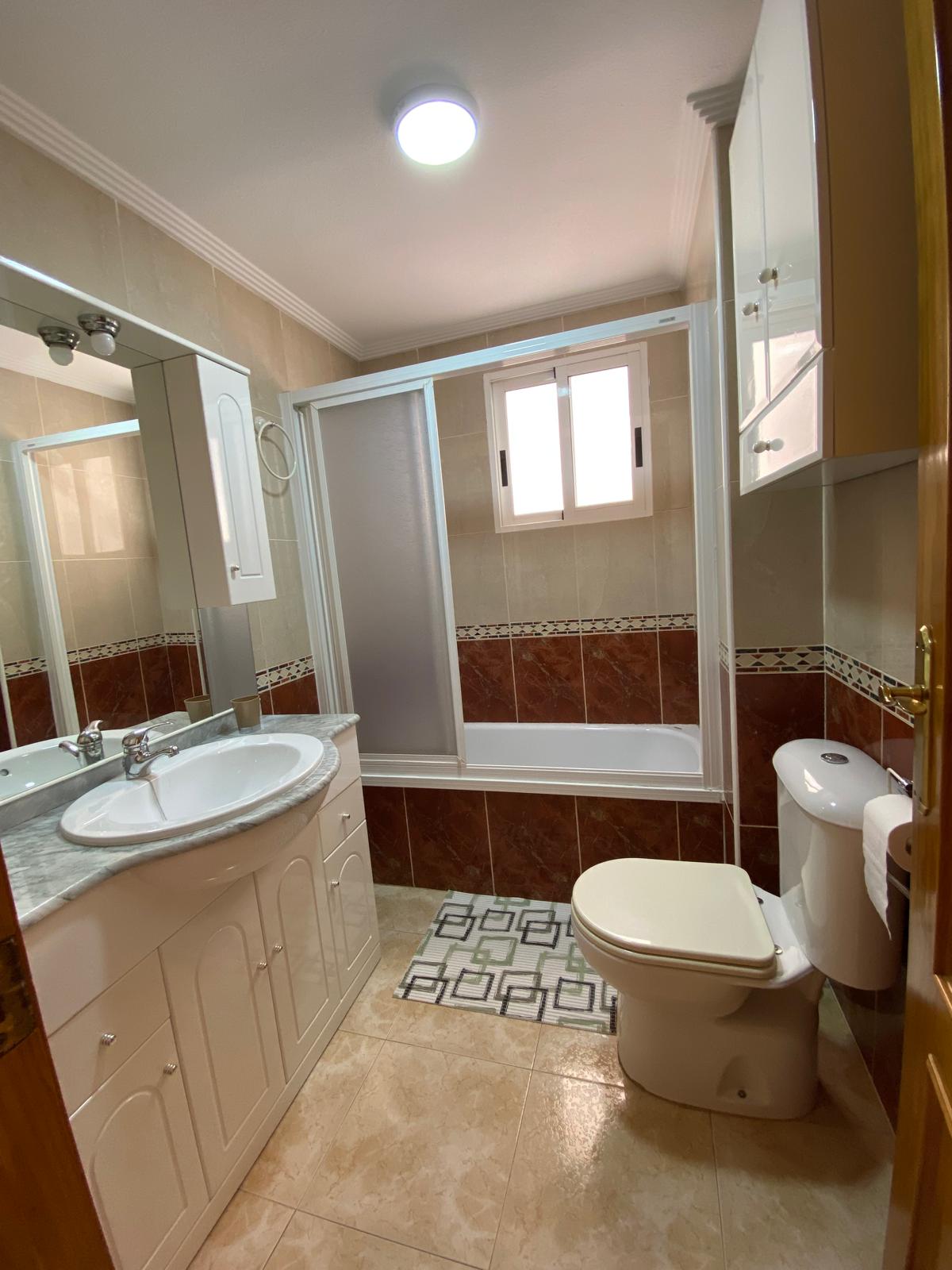Overview
Property Description
This newly renovated apartment has now become available for holiday rentals for July and August and longterm rental up from September. Ideally situated with only a 5-minute walk down to the Acequión beach.
![]() 5 minute-walk to the beach
5 minute-walk to the beach![]() Shopping, restaurants, farmacy, all nearby and accessible on foot
Shopping, restaurants, farmacy, all nearby and accessible on foot![]() Near Primary Schools “La Inmaculada” and “Colegio Cuba”
Near Primary Schools “La Inmaculada” and “Colegio Cuba”![]() Community Pool
Community Pool![]() 3rd Floor with lift
3rd Floor with lift
THE LOCATION
The apartment is situated in the heart of Torrevieja, offering convenience and accessibility to amenities, shops, and dining options. Here are some nearby amenities and features:
![]() Alicante-Elche Airport: Approximately 40 minutes by car.
Alicante-Elche Airport: Approximately 40 minutes by car.![]() Torrevieja City Centre: About 5 minutes on foot, offering a range of shopping, dining, and cultural attractions.
Torrevieja City Centre: About 5 minutes on foot, offering a range of shopping, dining, and cultural attractions.![]() Beaches: Playa Acequión only down the road.
Beaches: Playa Acequión only down the road.![]() Lifestyle and Entertainment: Vibrant nightlife, with bars, restaurants, and entertainment venues within easy reach.
Lifestyle and Entertainment: Vibrant nightlife, with bars, restaurants, and entertainment venues within easy reach.![]() Transportation: Well-connected by public transport, making it easy to explore other parts of Torrevieja and beyond.
Transportation: Well-connected by public transport, making it easy to explore other parts of Torrevieja and beyond.
THE APARTMENT
The apartment is spacious and the balcony invites to enjoy a cold drink while watching the world go by.
![]() Fully furnished kitchen
Fully furnished kitchen![]() 2 bedrooms
2 bedrooms ![]() 1 bathroom
1 bathroom![]() Spacious terrace
Spacious terrace![]() Community swimming pool
Community swimming pool![]() Internet connection
Internet connection![]() Air Conditioning
Air Conditioning
THE AREA
This place is BURSTING with culture, history and fascinating facts – all of which is available elsewhere online. Here’s a brief history of one of Costa Blanca’s main cities.
The Torrevieja Salt Flats date back to before the 13th century and were an ancient royal possession. Until 1802 in Torrevieja there was only an old guard tower (which gives the place its place name) and some salt workers’ houses.
But in 1803, King Charles IV decreed the transfer of the administration of the Reales Salinas from La Mata to the location of the current center of Torrevieja, and the construction of houses was authorized. In 1829, the town was completely destroyed by an earthquake and later rebuilt.
The production and trade of salt determined and organized life here, converted into a city in 1931 by privilege granted by Alfonso XIII. Craft production was limited in the 19th century to the manufacture of linen, hemp and cotton for popular consumption. Although the anchorage made it difficult to load the salt, the port was completed until 1954.
In the mid-19th century, salt extraction was mainly carried out by Swedish and Dutch ships. The national market for this product was mainly Galician and, to a lesser extent, Valencian. The importance of the foreign market for this product has been maintained during the 20th century: a quarter of the salt produced is consumed in Spain and the rest is exported, its salt mines being the most important in Europe.
Modern-day Torrevieja has street festivals almost every month

Your information
Contact Me
Other Agents


